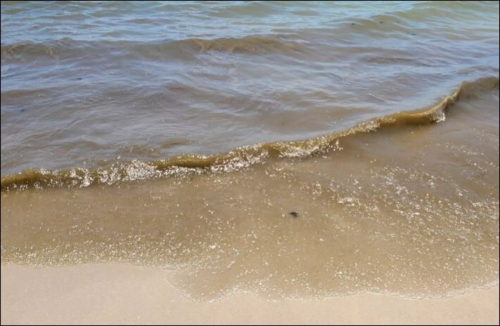 When we think of home disasters, our minds often jump to natural calamities like floods or fires, sometimes overlooking the potential risks that come from within our systems. For homeowners, one of the most insidious threats is house flooding caused by issues with the plumbing. This isn’t just a minor inconvenience; it can lead to significant damage to your home’s structure and the loss of personal belongings.
When we think of home disasters, our minds often jump to natural calamities like floods or fires, sometimes overlooking the potential risks that come from within our systems. For homeowners, one of the most insidious threats is house flooding caused by issues with the plumbing. This isn’t just a minor inconvenience; it can lead to significant damage to your home’s structure and the loss of personal belongings.
For your peace of mind and the safety of your home, it’s crucial to be proactive in maintaining your plumbing system. In this comprehensive guide, we’ll explore the common causes of house flooding from pipes, the signs that often precede these issues, preventive measures you can take, and what to do if you find yourself amid a pipe emergency.
Causes of House Flooding from Pipes
Pipes are the veins of our homes, circulating water and carrying out waste. However, like the rest of the house, they aren’t invincible. Several factors can lead to pipe issues, which in turn cause flooding.
Aging Pipes
The lifespan of a pipe varies depending on the materials used. Galvanized pipes, for example, are prone to corrode after a few decades. Additionally, the slow wear and tear might not be immediately noticeable, leading to a burst when least expected.
Corrosion and Leaks
Corrosion can eat away at the inside of pipes, eventually leading to thin spots where leaks can spring up. These leaks are often silent and slow, causing damage behind the scenes that might not be obvious until significant damage has occurred.
Blockages and Clogs
Blockages occur over time, usually from a build-up of material within the pipes, restricting the flow of water. Clogs can cause pressure to build within the system, which can, over time, lead to a burst pipe or force water to find a way out through another exit, such as an overflowing sink.
Signs of Potential Pipe Issues
Detecting a pipe issue before it becomes a major problem can save you from a potential house flood. Here are some signs to keep an eye out for.
Water Discoloration
If your water starts to look reddish-brown, it’s likely due to rust or corrosion within your pipes. This could be a sign of an impending issue that you’ll want to have inspected immediately.
Low Water Pressure
A sudden decrease in water pressure, particularly if it’s felt across multiple outlets, can indicate a blockage or leak somewhere in the system.
Unexplained Water Bills Increase
If you notice a spike in your water bills despite your usage remaining consistent, it’s another indicator of a potential leak that needs to be addressed.
Preventive Measures
The best way to avoid a pipe-related house flood is through proactive maintenance. By taking the following measures, you can significantly reduce the risk of a catastrophic plumbing problem.
Regular Inspections
Having a professional plumber conduct yearly inspections can catch issues early, prevent unnecessary surprises, and provide you with peace of mind that your system is in good working order.
Timely Repairs
Addressing leaks and other minor issues as soon as they’re noticed is key to keeping your plumbing system running efficiently and preventing more significant problems down the line.
Proper Maintenance Tips for Homeowners
For homeowners, there are some simple tasks you can perform to maintain the health of your pipes:
- Avoid using chemical drain cleaners, which can corrode your pipes over time.
- Be mindful of what you put down the drain; avoid dumping grease, large food particles, and other non-water items that can lead to clogs.
- Regularly clean your drains using a mixture of vinegar and baking soda to prevent the build-up of debris.
- Insulate your pipes, especially in colder climates, to prevent freezing, which can cause cracks and leaks.
Dealing with a Pipe Emergency
In the unfortunate event of a pipe emergency, it’s essential to know what to do to mitigate the damage as quickly as possible.
First and foremost, in any emergency flood repair in Orem, UT, or a similar crisis, quick action is crucial. Begin by shutting off the main water supply to prevent further flooding. This immediate step can significantly reduce the amount of water damage to your home's structure and belongings. Next, contact a professional plumbing service that specializes in emergency flood repair. These experts can swiftly address the source of the flooding, conduct necessary repairs, and guide you through the process of water extraction and home restoration.
Conclusion
House flooding from pipes is a major concern for homeowners, but with a solid understanding of the risks, regular maintenance, and knowing how to manage a potential emergency, you can protect your home from this kind of disaster. It’s always a good idea to be aware of your plumbing system’s health and act on any early signs of trouble. Remember, being proactive can save you time, money, and the heartache of dealing with a flooded home. With this knowledge in hand, homeowners can safeguard their properties and gain a level of control over their house’s health that’s both empowering and responsible.











